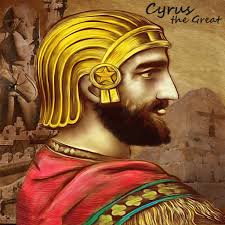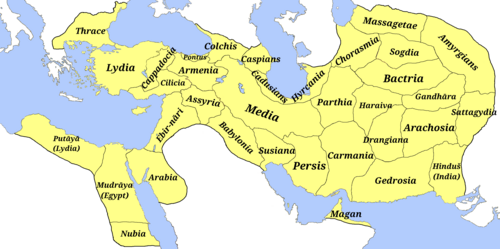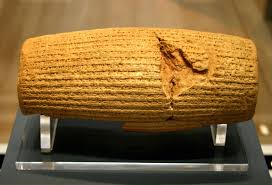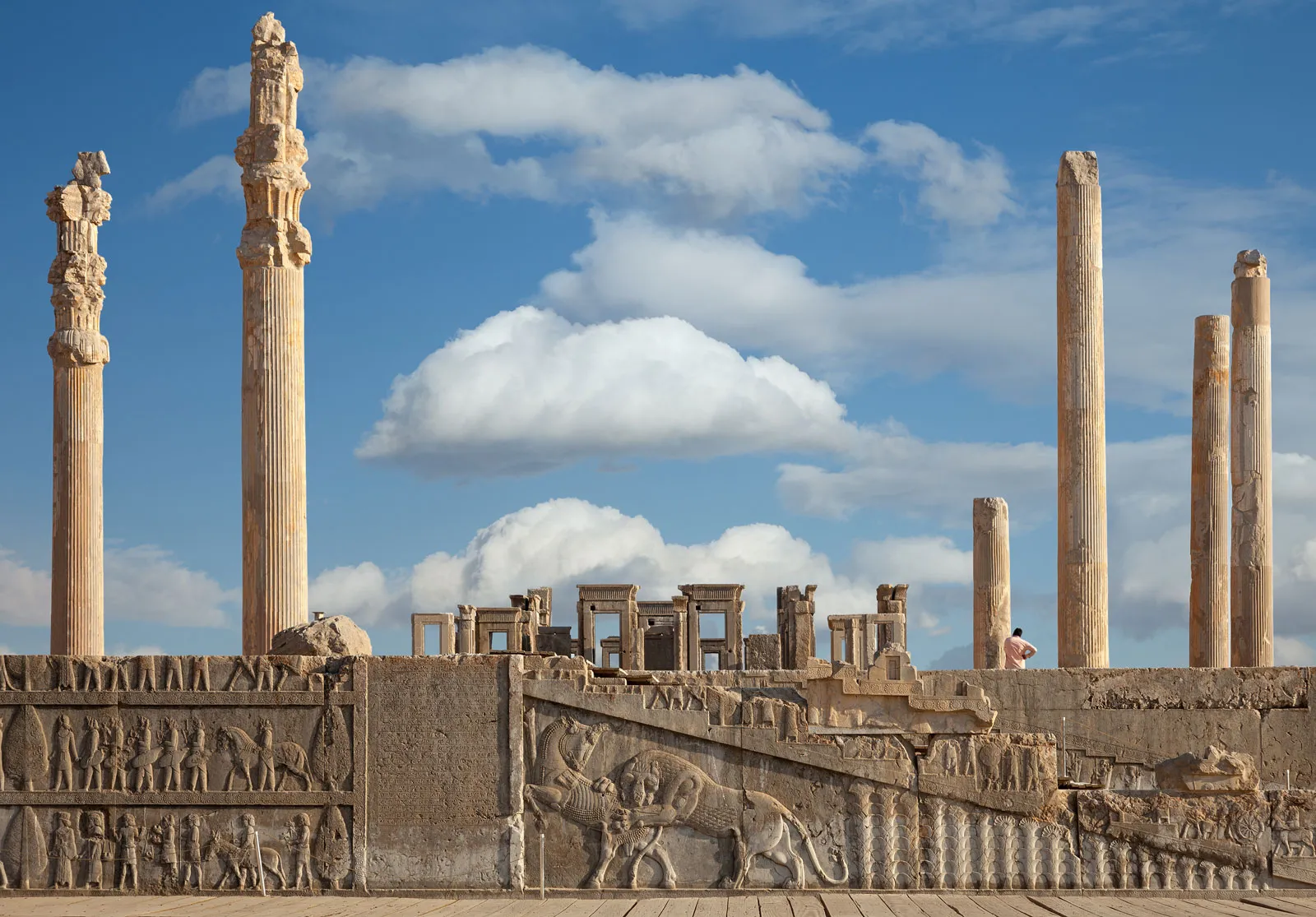
Period: 550–330 BCE
Founder: Cyrus the Great
Capital(s): Pasargadae, Persepolis
Legacy: Pioneering multicultural administration and legal reforms
Introduction
The Achaemenid Empire, established in 550 BCE by Cyrus the Great, is one of the most remarkable and influential empires in world history. Stretching from the fringes of the Indus Valley in the east to Egypt and Thrace in the west, this ancient Persian empire is renowned not only for its military conquests but also for its innovative administration, cultural diversity, and pioneering legal reforms. In this comprehensive article, we explore the origins, development, and lasting impact of the Achaemenid Empire while highlighting its commitment to tolerance and effective governance—a model that continues to inspire leaders and scholars even today.
Origins and Early History
The roots of the Achaemenid Empire trace back to the rugged highlands of ancient Persia, where the early Persians formed a tight-knit community amid a landscape of formidable natural challenges. The emergence of Cyrus the Great from the Median court set in motion a series of events that would reshape the political order of the ancient Near East. Through a combination of visionary leadership, strategic alliances, and military prowess, Cyrus unified disparate Persian tribes and turned them into a formidable force capable of challenging established empires.

Although many details of Cyrus's early life are veiled in myth and legend, historical records suggest he was a man of great intellect and resolve. His innovative policies and benevolent administration soon earned him a reputation as a liberator, not just a conqueror. His conquests laid the foundational stone for what would become a vast empire that valued not only power but the well-being and traditions of its diverse subjects.
Expansion and Military Conquests
Under the leadership of Cyrus, followed by his successors such as Cambyses, Darius I, and Xerxes, the Achaemenid Empire expanded at an unprecedented pace. Through a series of brilliantly executed military campaigns, the empire's borders soon spanned continents. The military strategy of the Achaemenids was marked by adaptability, innovation, and a keen understanding of logistics. The use of cavalry, archers, and coordinated infantry units enabled them to conquer territories that had long been considered impenetrable.

In addition to sheer military might, diplomatic negotiation played a significant role in the expansion of the empire. By offering favorable terms to conquered peoples and often allowing local rulers to maintain their positions, the empire minimized resistance while integrating new regions into its administrative framework.
Innovative Administration and Governance
One of the most enduring legacies of the Achaemenid Empire is its sophisticated system of administration. Unlike many of its contemporaries, the empire was not merely a collection of territories ruled by brute force. Instead, it was a carefully organized polity that incorporated a variety of cultures and traditions into a harmonious whole.
The empire was divided into provinces called satrapies, each governed by a satrap who was responsible for collecting tribute, maintaining security, and upholding the central government’s laws. This decentralized yet unified system of governance allowed for efficient management of a vast and culturally diverse territory. Moreover, the use of a standardized system of weights, measures, and coinage facilitated trade and economic integration across the empire.

Religious Tolerance and Cultural Integration
A hallmark of the Achaemenid Empire was its policy of religious tolerance and respect for local customs. Unlike many conquerors who imposed their own religion on subjugated peoples, the Achaemenid rulers allowed subject nations to practice their traditional beliefs. This enlightened approach not only minimized conflict but also enriched the empire’s cultural fabric.
The most famous testament to this policy is the Cyrus Cylinder—a clay artifact that has been hailed as the first declaration of human rights. The Cylinder proclaims the ruler’s respect for the religious and cultural practices of conquered peoples and remains a powerful symbol of justice and multicultural governance to this day.

Economic Prosperity and Trade Networks
Economic policies under the Achaemenid rule were designed to harness the wealth of their extensive territories. By standardizing the monetary system and constructing a network of roads—most famously the Royal Road—the Achaemenids enhanced trade, communication, and administration. This network not only connected the far-flung corners of the empire but also facilitated cultural exchanges and the free flow of ideas.
Trade flourished across the empire, linking the Mediterranean to Central Asia and beyond. The prosperity that arose from such economic integration brought wealth to both the ruling class and the common people, laying the groundwork for an era of cultural and intellectual florescence that is still studied by historians today.
Art, Architecture, and Cultural Achievements
The Achaemenid Empire is renowned for its artistic and architectural achievements, which continue to inspire awe and admiration centuries later. The construction of grand palaces, imposing forts, and meticulously designed public buildings, such as those found in Persepolis, speak volumes about the empire's commitment to art and innovation.
These monuments not only served as administrative centers but also as symbols of the empire’s grandeur and its commitment to creating a lasting legacy. Rich in decoration, with detailed bas-reliefs and inscriptions in multiple languages, these structures showcased the skills of Persian artisans and the profound cultural synthesis that defined the Achaemenid era.

Diplomacy and International Relations
The diplomatic prowess of the Achaemenids was a critical factor in their success. Unlike many empires that relied solely on military superiority, the Achaemenids actively pursued alliances, negotiated treaties, and fostered a sense of common purpose among diverse peoples. Their ability to manage international relations played a significant role in ensuring the stability and longevity of their empire.
This approach enabled them to not only secure their vast territories but also to maintain peaceful relations with neighboring states and kingdoms. The Achaemenid model of governance, with its emphasis on respect and tolerance, set a high bar for subsequent empires and is often cited in discussions of early diplomatic strategies.
Legacy in Law and Governance
The administrative and legal innovations introduced by the Achaemenid rulers have had a lasting impact on world history. By creating a system that balanced central authority with local autonomy, they set the stage for many modern governance systems. The empire’s legal reforms, which promoted fairness and a degree of human rights long before these ideas became mainstream, remain a point of reference for scholars and political theorists.
These innovations laid the groundwork for the development of legal traditions in subsequent civilizations, and the principles embodied in artifacts such as the Cyrus Cylinder continue to inspire debates about human rights and justice in the modern era.
Cultural Exchanges and Intellectual Legacy
One of the most remarkable aspects of the Achaemenid Empire was its role as a melting pot of cultures. The empire's inclusive policies allowed for unprecedented cultural and intellectual exchanges among Persians, Babylonians, Egyptians, Greeks, and many others. This fusion of ideas gave birth to a unique cultural synthesis that influenced art, literature, religion, and science.
Scholars have long marveled at the intellectual legacy of the Achaemenids, noting that their policies of tolerance and integration helped spread knowledge across continents. The cross-pollination of ideas during this period laid the foundations for many of the advancements in science and art that would follow in later centuries.
Historical Accounts and Modern Interpretations
Our understanding of the Achaemenid Empire is informed by a wealth of historical accounts—from the writings of Herodotus and Xenophon to modern archaeological discoveries. While early historians often romanticized the empire’s grandeur, contemporary scholars provide a more nuanced view that acknowledges both its achievements and its challenges.
Modern interpretations emphasize the Achaemenid commitment to multicultural governance and administrative efficiency while also addressing the complexities and occasional contradictions inherent in ruling such a vast territory. These debates continue to shape our understanding of one of history’s most influential empires.
Challenges and Criticisms
Despite its many strengths, the Achaemenid Empire was not without its challenges and criticisms. Some historians have pointed to the difficulties of managing such a vast and diverse territory, including tensions between central authority and local interests. Military setbacks, internal revolts, and the complexities of sustaining a multilingual bureaucracy also posed ongoing challenges.
Nevertheless, many of these challenges were addressed through innovative administrative reforms and a commitment to tolerance and respect for local customs—a legacy that continues to be admired even by those who critique certain aspects of the empire’s rule.
The Fall of the Empire and Its Aftermath
The eventual decline of the Achaemenid Empire in 330 BCE came about through a combination of internal strife and external pressures. The conquest by Alexander the Great brought an end to the empire, yet the legacy of its achievements would endure long after its fall. Alexander himself was greatly influenced by the administrative and cultural innovations he encountered in Persia, and he sought to incorporate many aspects of Achaemenid governance into his own empire.
Even after its fall, the influence of the Achaemenid administrative model, its legal reforms, and its policies of religious tolerance resonated with subsequent rulers and empires throughout the ancient world.
The Enduring Legacy and Lessons for Modern Times
Today, the legacy of the Achaemenid Empire is celebrated not only for its military conquests but also for its pioneering contributions to governance, law, culture, and diplomacy. The empire’s commitment to respecting the rights and traditions of its diverse subjects set a standard for inclusive rule that remains highly relevant in an increasingly globalized world.
Modern states can learn much from the Achaemenid model—the importance of multicultural integration, the benefits of decentralized governance, and the value of an empathetic and tolerant approach to leadership. These principles are as vital today as they were over two millennia ago, offering timeless lessons in the art of ruling a diverse society.
Conclusion
The Achaemenid Empire stands as a monumental achievement in human history—a vast, multicultural superpower that set precedents in governance, legal reform, and cultural integration. From its humble origins under Cyrus the Great to its sprawling reach at its zenith, the empire transformed the ancient world and left behind a legacy that still inspires admiration and scholarly inquiry today.
Whether through its groundbreaking administrative practices, its commitment to religious tolerance, or its vibrant cultural exchanges, the Achaemenid Empire embodies the ideal that true power lies not in oppression, but in the capacity to unite and uplift diverse peoples. This enduring message continues to resonate, offering modern societies a blueprint for embracing diversity while forging a cohesive and just polity.
As we explore the marvels of the Achaemenid Empire—from its strategic brilliance on the battlefield to its enlightened policies of governance—we are reminded of the rich tapestry of human history and the timeless pursuit of a better, more united world. The empire’s story is not just one of conquest and power, but of vision, resilience, and the relentless drive to build a legacy that stands the test of time.
Additional Resources and Further Reading
For readers interested in exploring more about the Achaemenid Empire, numerous books, academic articles, and documentaries provide further insights into this extraordinary period of history. From detailed analyses of Persian administration to discussions of the empire’s artistic and cultural achievements, there is a wealth of information available to help contextualize its impact on the ancient world and beyond.
Key resources include:
- "The Persian Empire: A Corpus of Sources from the Achaemenid Period" – a comprehensive collection of primary sources.
- "Cyrus the Great and the Creation of the Persian Empire" – a scholarly work exploring the life and legacy of Cyrus.
- "Persian Fire: The First World Empire and the Battle for the West" – a historical narrative detailing the military and cultural impact of the Achaemenid Empire.
- "The Archaeology of Early Imperial Persia" – an in-depth look at the material culture and monuments of the empire.
These works, along with countless museum exhibitions and online archives, offer a window into the grandeur and complexity of one of history’s most influential empires.
Final Thoughts
In conclusion, the Achaemenid Empire is far more than a chapter in ancient history—it is a testament to the power of visionary leadership and the enduring value of tolerance, innovation, and cultural synthesis. Its story challenges us to rethink our notions of power and governance, inviting us to learn from an era where disparate peoples came together to form a truly remarkable civilization.
As modern societies grapple with issues of diversity, governance, and identity, the lessons of the Achaemenid Empire remain profoundly relevant. By embracing the ideals of inclusive leadership and respect for cultural differences, we can aspire to build societies that are as resilient, dynamic, and forward-thinking as the empire that once stretched from the Indus to the Mediterranean.
The legacy of the Achaemenid Empire offers not just historical insight but a timeless message of unity and the shared quest for justice and human dignity—a message that continues to echo across the ages.